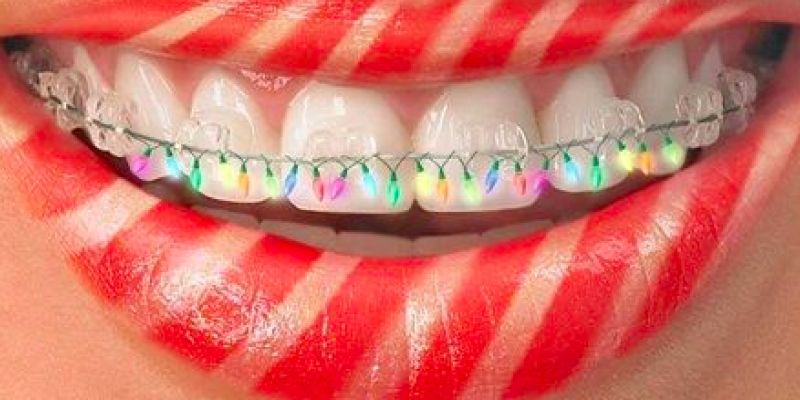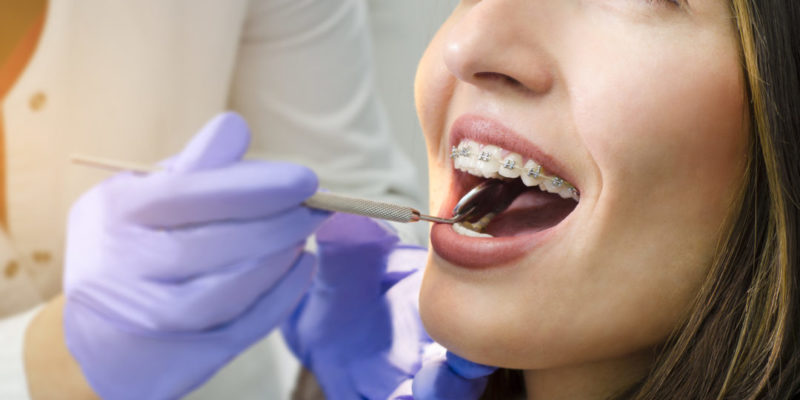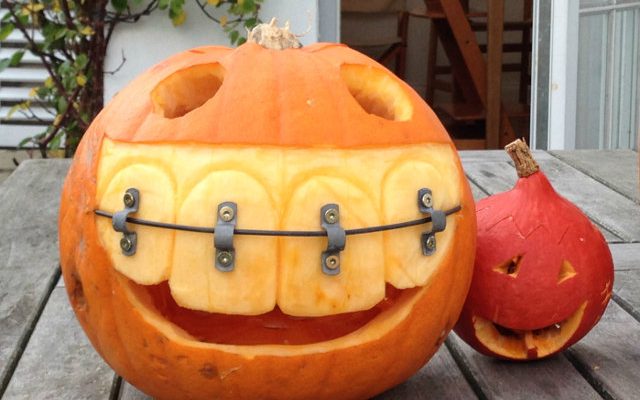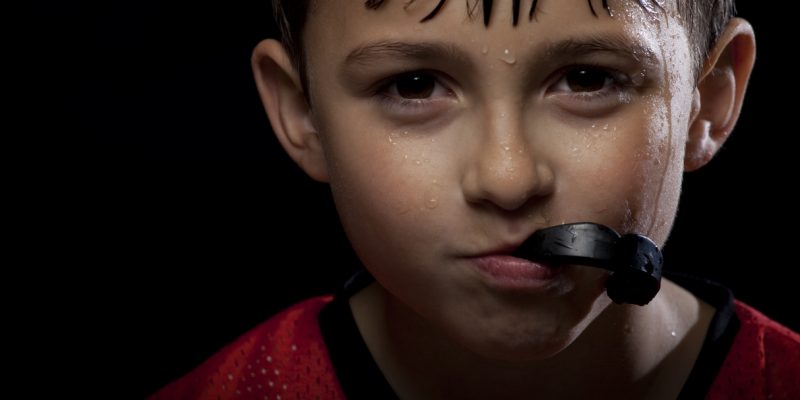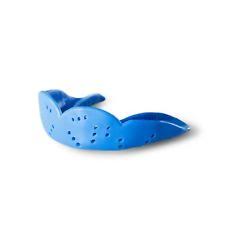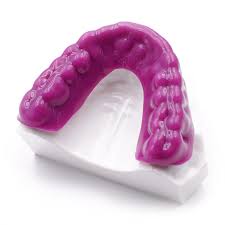New Jersey is on its way, back to the life we love and back to business. The small businesses of Monmouth County play an important role in establishing the quality of daily life. In our communities are some of the most talented, dedicated and determined experts who have worked hard to keep their businesses surviving during the lockdown. Each faced unique challenges and developed their own pivoting mechanisms to continue to provide you their goods and services. Each month, we’ll meet a different business and discover how they navigated their way through the pandemic and how they are coming back.
Dr. Sezer Olcay, DMD, opened Holmdel Orthodontics in 2014 after having worked in Bergen County, New York City and Ocean Township, where she still maintains an office. At her Holmdel practice, she and her small staff provide orthodontic treatment while building relationships with their patients.
Before opening her own offices, Dr. Olcay studied at the University of Pennsylvania School of Dental Medicine where she said she learned about disease prevention and control – something that would come in handy years after she received her degree.
“I attended dental school in the 1990s when HIV was a serious threat,” she said. “They were different times, but we were taught to be prepared for infection and transmission prevention. We were trained to assume everyone was positive. Dentistry is so equipped with infection control practices. We have learned to protect ourselves, the staff and the facility itself.”
These lessons proved invaluable last year when the COVID-19 pandemic struck the area and forced the closure of many businesses. Holmdel Orthodontics’ doors shut on March 18, and the staff was told the practice would be closed for two weeks, though Dr. Olcay said she knew “it would be much longer than that.” The closure ultimately lasted 12 weeks, during which time Dr. Olcay held virtual meetings with existing patients who had questions about their ongoing care. No new patients were accepted while the office was closed, and only emergency visits were scheduled in person.
Because of the nature of orthodontic treatment, many patients were on monthly payment plans which allowed Dr. Olcay to continue paying rent and keep up with other basic expenses. Holmdel Orthodontics also qualified for the Paycheck Protection Program and received government loans to keep the practice afloat.
When the office opened back up, Dr. Olcay said it was a slow process. Although most of her staff returned, some chose to leave their jobs, citing their own health concerns or fears of infecting immunocompromised family members. Others were unable to resume work because they had young children home from school and in need of supervision. The fall was the most difficult time for the practice, Dr. Olcay said, as positive cases surged in the U.S. and the office received daunting calls nearly each day.
“October and November were rough,” she said. “Every day someone would call and say, ‘Johnny was in the office Sunday and is now positive’ or ‘My child was there yesterday and came into contact with someone who has it.’ We were all on high alert. I must have been tested four to five times just last fall.”
By December, vaccinations became available to healthcare workers, and the staff at Holmdel Orthodontics was eager to take that step forward. Since then, they have been treating patients with the same care as always and have ensured the office is as safe as possible for all. A new air filtration system was installed, and the staff continued wiping down or washing every piece of equipment used during a visit. Procedures requiring the use of aerosol are done at the end of the day, so fewer people are breathing in potentially dangerous air particles.
Dr. Olcay said she and her staff are simply doing what they have been trained to do: care for their patients. Doctors and dentists across the country – including right here in Holmdel – have proven their dedication to medicine, their compassion for helping others and their bravery for doing it all during an unprecedented global pandemic.
Holmdel Orthodontics is located at 723 North Beers St. in Holmdel. To learn more, visit HolmdelOrtho.com.
As always, The Journal stands behind all the small businesses of Monmouth County, and we encourage you to preserve your neighborhoods by doing business with your local small businesses. You’ll get great personal service and follow-up care from neighbors you know.


